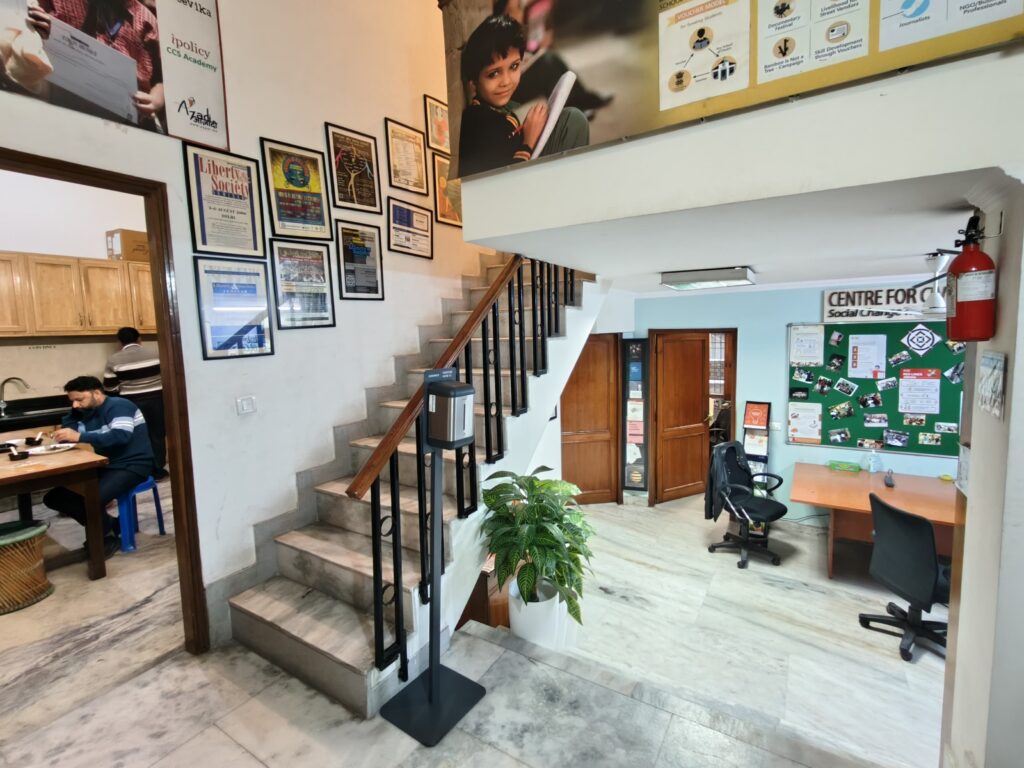Buildings, like humans, evolve and change; laws and codes shouldn’t restrict them
Buildings just like their users, have a life. Buildings react, adapt, grow, transform, evolve, and die. But we don’t hear anyone advocate for buildings to have the same right to express, or freedom to choose, that persons do. Maybe buildings deserve such an advocacy.
On buildings, writer and thinker Stewart Brand made an important observation that buildings learn. And humanity is better off only when they do. In some sense the force of buildings to learn and adapt is unstoppable. But prescriptions and proscriptions can impose hurdles in their learning.
Stewart Brand in the book, How Buildings Learn, fleshes out the anatomy of a building. Buildings contain layers. The first layer is the chosen site, the second is its structure made of bricks, steel, and concrete. This structure has the third layer, its skin to protect it from the weather. The fourth layer, the layer for services contains plumbing, cabling, and other services a building may need. But what happens within the building in its fifth and sixth layers, or the layers that offer space, is always changing based on the user’s tastes and preferences. A building that can adapt itself well to the vision of its users, is a building that stays relevant for long.

Successful buildings are spaces that provoke and promote orders of different kinds to emerge. Over the years, I have spotted three such instances around me.
To house an office
My first brush with the Centre for Civil Society in 2013 led to a coat of confusion. Google maps guided me to arrive at a residential block in Hauz Khas. I had imagined an office building with a glass facade and a large staircase. But I spotted a beige coloured three-story building, that looked like someone’s residence, instead. Inside the building, the space plan of a home had evolved brilliantly into an office that had a reception, a waiting area, department offices, a large conference room, a lively pantry, senior management chambers, and sunlit balconies. The primary furniture that would form the innermost layer of the building had transformed to make way for desks, work chairs and bookshelves. The building evolved from a space for a family to an organisation of researchers.

A similar evolution of buildings is ongoing across many neighbourhoods of Delhi. Like in Hauz Khas, buildings in Greater Kailash have evolved to accept lawyers and their chambers. Where lawyers thrive, accountants do too. Doctor clinics aren’t too far. Buildings made to be living quarters learnt to become commercial offices.
These buildings, known as builder floors in Delhi, also offer young founders to take advantage of cheaper rents, and nimble units that can become spaces for productive and collaborative work. Productive workers, in exchange, offer vibrancy to neighbourhoods from their constant footfalls and restless activity during breaks. In fact, I had the chance to meet a young founder of a branding agency who took the third level of the residential building to start his agency. The agency founder did not hesitate to make use of the kitchen to cook meals for his entire team.
All of this became possible not through design, but through decisions made by house owners and firm owners renting the place. In some sense, buildings also question the role of architects who lock them into a certain use.
While builder floors can learn to offer space to firms, bungalows of South Delhi elites can learn to become institutions of learning.
Indian School of Public Policy (ISPP) has the advantage of being in the vicinity of some of India’s premier institutions like IIT, NIFT, JNU, and School of Planning and Architecture. Students pursuing a master’s in public policy have access to lecture theatres, a vibrant canteen, a badminton court, and other facilities they can expect from a university building. Except, the policy school isn’t based out of a university building. It is based out of a bungalow.
The campus challenges the notion of what could have been someone’s living quarters. Every room can be packed with several fifty students or so, with a space to conduct four parallel lectures across the policy school. The chances that the first architect designer and the original resident of the building would have ever thought the bungalow could change into a college campus are slim. But it did.

To be sure, buildings don’t have consciousness. Their users do. Their ingenuity can transform and the freedom to be able to do so shouldn’t ever have to be challenged. Unfortunately, this is not the norm.
The city of Delhi is governed by several state agencies, and Delhi Development Authority (DDA) instituted under the central government is at the helm. DDA is also Delhi’s urban planning agency. It has the powers conferred on it by the Parliament of India to fix the use of an area in the city, and by extension the use of a building in any area, can be put to. Buildings in Delhi do not have the freedom to learn. The office of Centre for Civil Society and the ISPP campus could come into being only when the requisite permissions from the state aligned. In some instances that the buildings have changed their use could be an area in grey, and the conversion is an exception, not the norm, reserved for few organisations and purposes only.
It’s worth questioning that when buildings do change their use, why do they always transform from residences into commercial spaces, but not the other way round? For instance, Qutub Institutional Area in South of Delhi is one large neighbourhood that is assigned a use for institutions only. In the neighbourhood are large commercial buildings that are on an excellent site for a person to want to stay in. Their structures are strong, and the building layer for services is similar to what would be for a traditional apartment in a city. But spaces within these buildings are abandoned and empty. Not because there aren’t enough institutions who seek commercial spaces in the city. It’s because institutions would rather be based in a neighbourhood with vibrancy than an institutional zone. Buildings in such areas are craving to learn. Any builder would take the opportunity of turning these buildings into affordable apartments. If they are turned into housing, thousands of persons who travel to work, can move into these units. But the law prohibits these buildings from learning and evolving.
It’s futile to assign a building a use or to prohibit it from changing how it’s being used. The cost imposed is similar to what it would be for a person who is assigned an occupation, but could never change it.
Post Disclaimer
The opinions expressed in this essay are those of the authors. They do not purport to reflect the opinions or views of CCS.





